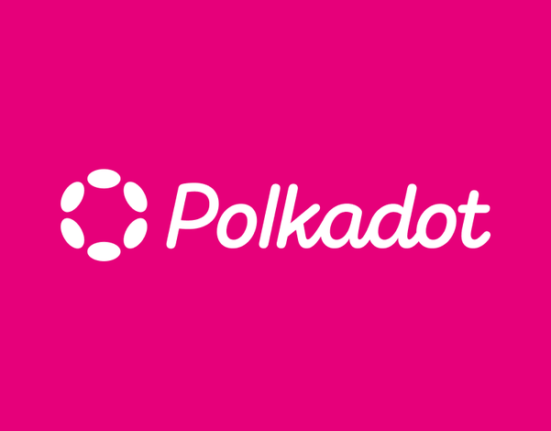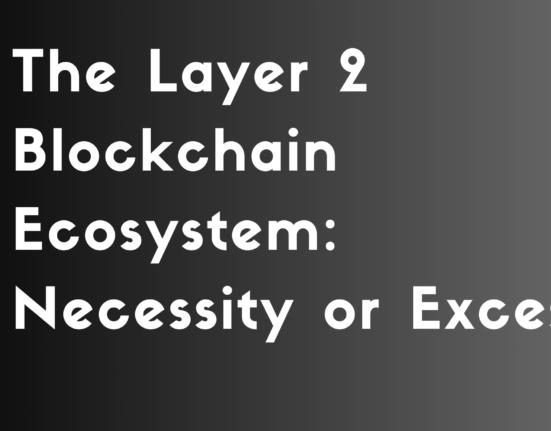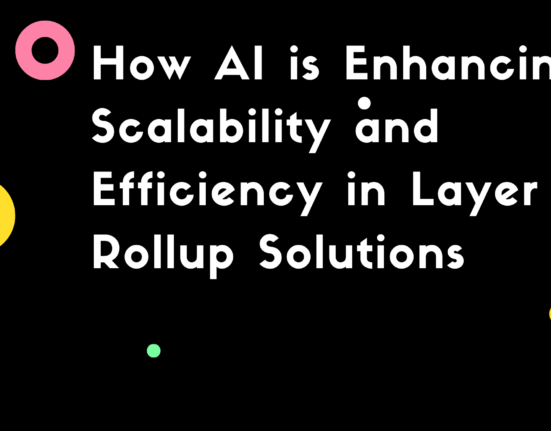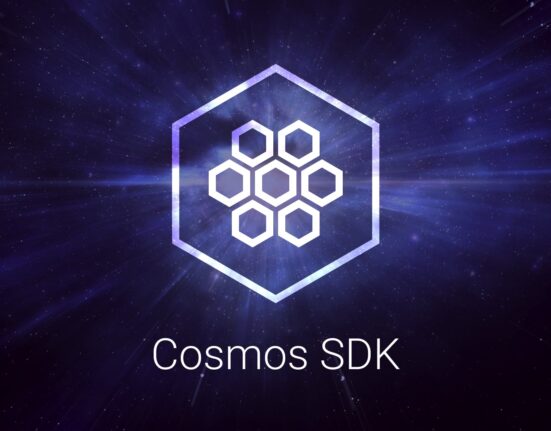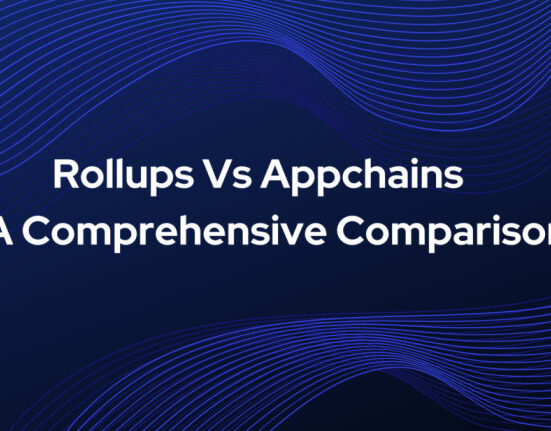Blockchain rollups have emerged as a critical solution for scaling blockchain networks, particularly Ethereum. These Layer 2 solutions process multiple transactions off-chain and submit a single proof to the main chain, significantly reducing congestion and gas fees. As the blockchain ecosystem grows more complex with multiple Layer 1 chains and Layer 2 solutions, the need for interoperability between these systems has become increasingly important.
Contents
Understanding Interoperability in Rollups
Interoperability in the context of blockchain rollups refers to the ability of different rollup solutions and blockchain networks to communicate, share data, and transfer assets seamlessly. This capability is vital for several reasons. It enhances user experience by allowing seamless movement of assets and data between different rollups and chains. It improves overall market efficiency by enabling the free flow of capital across the ecosystem. Also, it fosters innovation by allowing developers to create applications that leverage the strengths of multiple rollups or chains, ultimately contributing to the growth of the entire blockchain ecosystem.
Types of Rollups
There are two main types of rollups: Optimistic Rollups and ZK-Rollups. Optimistic Rollups, such as Arbitrum and Optimism, assume transactions are valid by default and only run fraud proofs if a transaction is challenged. These rollups have longer withdrawal periods, typically around 7 days, due to the fraud proof window, which can complicate quick cross-rollup transactions. ZK-Rollups, like zkSync and StarkNet, use zero-knowledge proofs to mathematically validate transactions. While they offer faster finality, the complexity of zero-knowledge proofs can make it challenging to create standardized communication protocols.
Comparison of Rollup Types
| Feature | Optimistic Rollups | ZK-Rollups |
|---|---|---|
| Validation Method | Fraud Proofs | Zero-Knowledge Proofs |
| Withdrawal Time | 7 days (typical) | Near-instant |
| Examples | Arbitrum, Optimism | zkSync, StarkNet |
| Interoperability Challenges | Long withdrawal periods | Complex proof systems |
Approaches to Achieving Interoperability
Several approaches are being developed to address interoperability challenges. Cross-chain messaging protocols like LayerZero, Axelar, and Connext are creating standardized ways for different chains and rollups to communicate. For example, LayerZero uses a novel “ultra light node” architecture to enable trustless cross-chain messaging. Bridges such as Hop Protocol and Across Protocol act as intermediaries, locking assets on one chain or rollup and minting equivalent assets on another. Hop Protocol, for instance, uses a combination of liquidity pools and bonded relayers to enable fast cross-rollup transfers.
Some projects are developing interoperable rollup frameworks from the ground up, like Polygon Hermez and StarkNet. StarkNet, for example, is developing a “shared proving” system that could allow different StarkNet-based rollups to interoperate efficiently. Additionally, modular blockchain architectures like Celestia and Polygon Avail are separating consensus, data availability, and execution layers, allowing for easier interoperability between different execution environments.
Use Cases and Examples
Use cases for rollup interoperability are diverse and promising. In the realm of decentralized finance (DeFi), we could see lending platforms that allow users to deposit collateral on Optimism, borrow assets on Arbitrum, and trade those assets on zkSync – all in a single, seamless transaction. This would leverage the strengths of each rollup (Optimism’s ecosystem, Arbitrum’s low fees, zkSync’s fast finality) to provide a superior user experience.
In gaming and NFTs, a blockchain game could use different rollups for different aspects of gameplay. For example, in-game item ownership could be managed on a ZK-Rollup for fast transfers, while complex game logic runs on an Optimistic Rollup. Interoperability would allow seamless interaction between these systems.
A cross-rollup DEX aggregator could scan liquidity across multiple rollups to find the best rates for users. For example, if a user wants to swap Token A for Token B, the aggregator could execute part of the trade on Arbitrum and part on Optimism if that provides the best overall rate. This kind of liquidity aggregation could significantly improve capital efficiency in the DeFi ecosystem.
Technical Challenges
However, achieving true interoperability presents several technical challenges. Ensuring consistent state synchronization of assets and data across different rollups and chains is crucial. Maintaining the security guarantees of each individual rollup while enabling cross-rollup transactions is another significant challenge. Scalability is also a concern, as interoperability solutions must not introduce new bottlenecks or scaling limitations. Finally, developing common standards and protocols that can be adopted across different rollup implementations is essential for widespread interoperability.
Interoperability Solutions and Their Approaches
| Solution | Approach | Key Feature |
|---|---|---|
| LayerZero | Ultra Light Nodes | Trustless cross-chain messaging |
| Hop Protocol | Liquidity Pools + Bonded Relayers | Fast cross-rollup transfers |
| Polygon Hermez | Interoperable Rollup Framework | Built-in cross-rollup compatibility |
| Celestia | Modular Data Availability Layer | Shared infrastructure for multiple rollups |
Emerging Solutions
Several innovative projects are working on solutions to these challenges. Ethereum’s EIP-4844 (Proto-Danksharding) proposal aims to introduce “blobs” of data to Ethereum, which could significantly reduce costs for rollups and improve cross-rollup communication. ZkBridges are being developed to create trustless bridges between different rollups and chains using zero-knowledge proofs. Initiatives like the Ethereum Cross-Domain Standardization efforts aim to create common standards for message passing between different domains. Projects like Polymer are working on creating dedicated layers for cross-rollup and cross-chain communication.
Future Directions
Looking to the future, several key areas are likely to see further development. Creating standardized ways to represent and track assets across different rollups and chains will be crucial. This could involve developments in tokenization standards that work across multiple environments. Developing frameworks for smart contracts that can operate across multiple rollups simultaneously will open up new possibilities for decentralized applications. This could enable complex DeFi protocols that optimize different aspects of their operations on different rollups.
Exploring ways for different rollup communities to participate in cross-ecosystem governance decisions will be important for collaborative decision-making. This could lead to more unified development efforts across the blockchain space. Ensuring that interoperability solutions can comply with evolving regulatory frameworks around cross-border financial transactions will be essential for mainstream adoption. As quantum computing advances, developing quantum-resistant interoperability solutions will become increasingly important to ensure long-term security.
Conclusion
Interoperability in rollups is a crucial challenge and opportunity for the future of blockchain rollups and the broader blockchain ecosystem. As solutions continue to develop, we can expect to see a more connected and efficient blockchain landscape, with seamless movement of assets and data across different rollups and chains. However, achieving this vision will require ongoing collaboration, innovation, and standardization efforts from across the blockchain community. The field of rollup interoperability is rapidly evolving, and staying informed about the latest developments will be crucial for developers, users, and investors in the blockchain space.

Raksha, a seasoned journalist, specializes in crafting insightful narratives on blockchain and AI developments. With a keen eye for innovation, she distills complex topics into accessible stories, providing readers with a clear understanding of the dynamic intersection between these transformative technologies.


